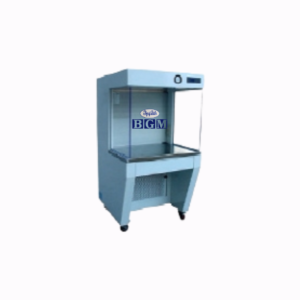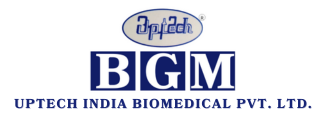
Laminar Air Flow Systems
Laminar air flow (LAF) refers to a clean air solution designed to create a sterile and contamination-free environment. By directing air in a consistent, unidirectional flow through high-efficiency particulate air (HEPA) filters, LAF systems eliminate airborne contaminants, making them indispensable in sensitive operations.
Key Principles of Operation
LAF systems rely on creating a uniform air velocity and unidirectional flow to prevent turbulence and cross-contamination.
Importance of Laminar Air Flow
Maintaining Sterile Environments
In medical and pharmaceutical fields, LAF systems are critical for preventing contamination during procedures such as drug compounding or surgery.
Applications Across Industries
Beyond healthcare, industries like electronics and food production also depend on LAF systems for maintaining quality and hygiene.
Types of Laminar Air Flow Systems
Horizontal Laminar Air Flow
Features and Benefits
In horizontal LAF systems, air flows parallel to the work surface, making it ideal for processes requiring direct airflow. These are typically used in laboratories for applications like sample preparation.
Vertical Laminar Air Flow
Features and Benefits
Vertical LAF systems direct air downward, reducing the risk of contamination by gravity. These are commonly employed in operating rooms and biosafety cabinets.
Components of Laminar Air Flow Systems
HEPA Filters
The heart of an LAF system, HEPA filters, trap 99.97% of particles as small as 0.3 microns, ensuring a clean airflow.
UV Germicidal Lamps
UV lamps add an extra layer of sterilization, eliminating microorganisms that escape filtration.
Stainless Steel Work Surfaces
These non-corrosive, easy-to-clean surfaces further enhance cleanliness and durability.
Fan and Blower Systems
These components maintain constant airflow, ensuring the system operates effectively.
Applications of Laminar Air Flow Systems
Medical and Pharmaceutical Industries
Used in drug manufacturing, surgeries, and sterile storage to ensure contamination-free environments.
Biotechnology and Research Labs
Essential for sensitive experiments and research requiring controlled conditions.
Food and Beverage Manufacturing
Maintains hygiene during packaging and processing to meet safety standards.
Electronics and Semiconductor Industries
Ensures dust-free environments for assembling delicate components.






